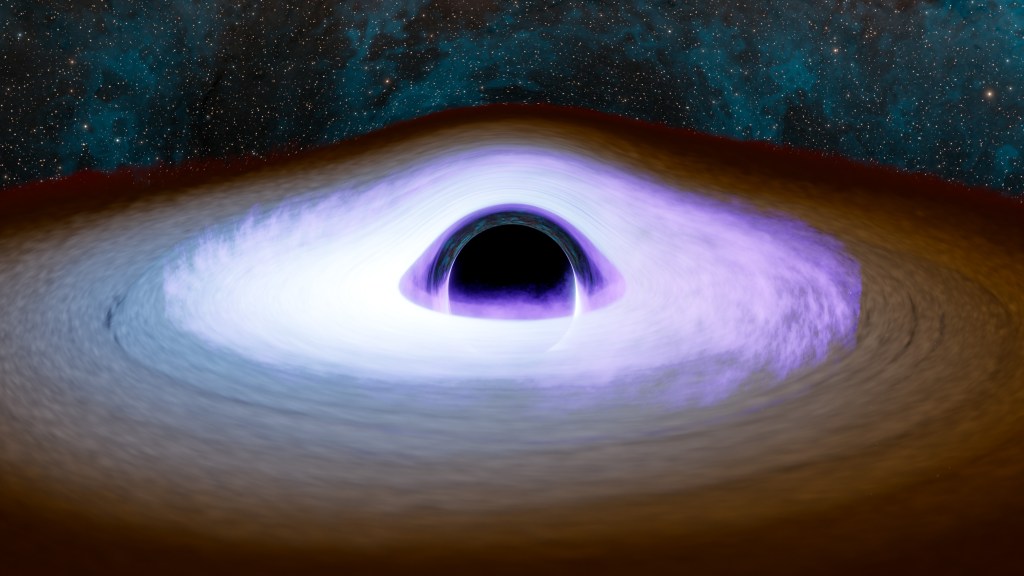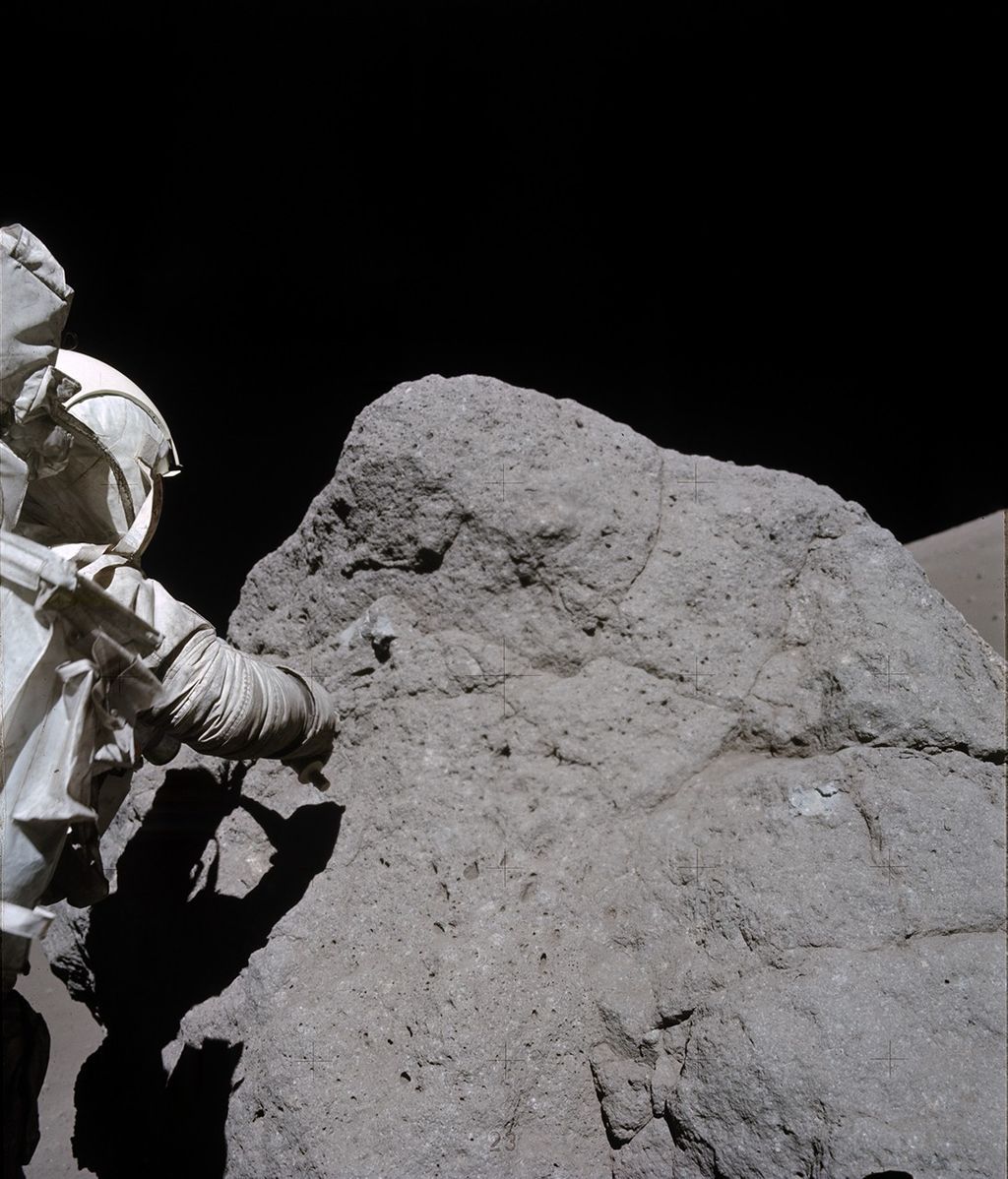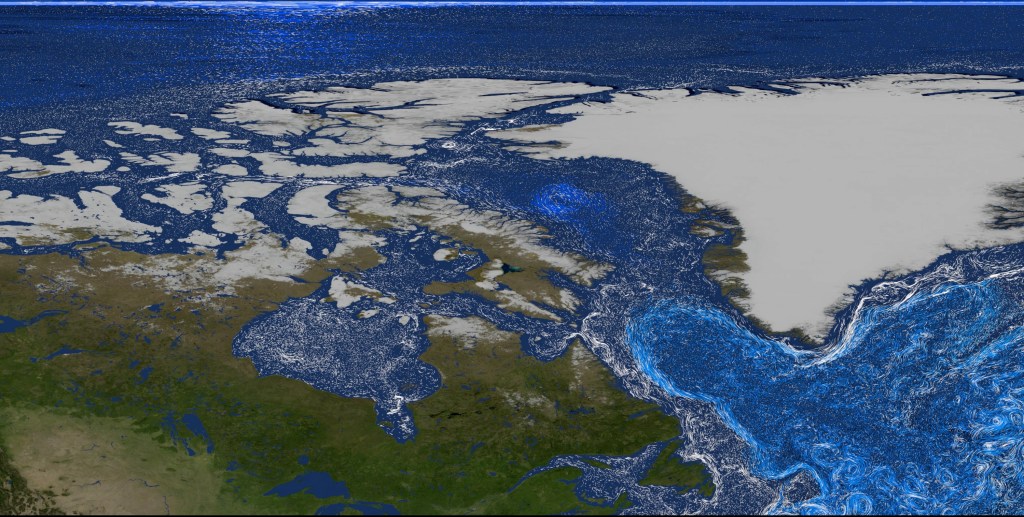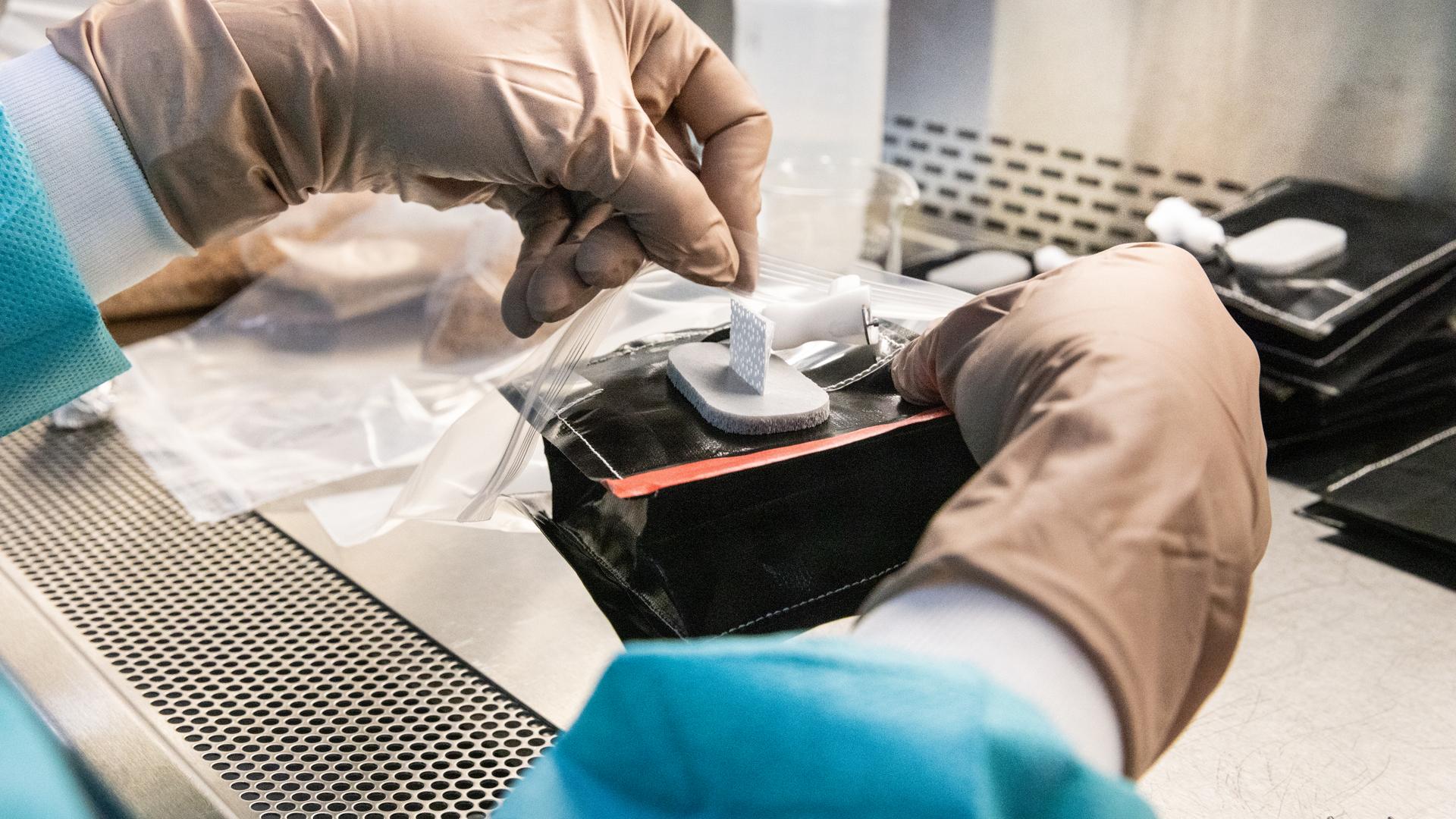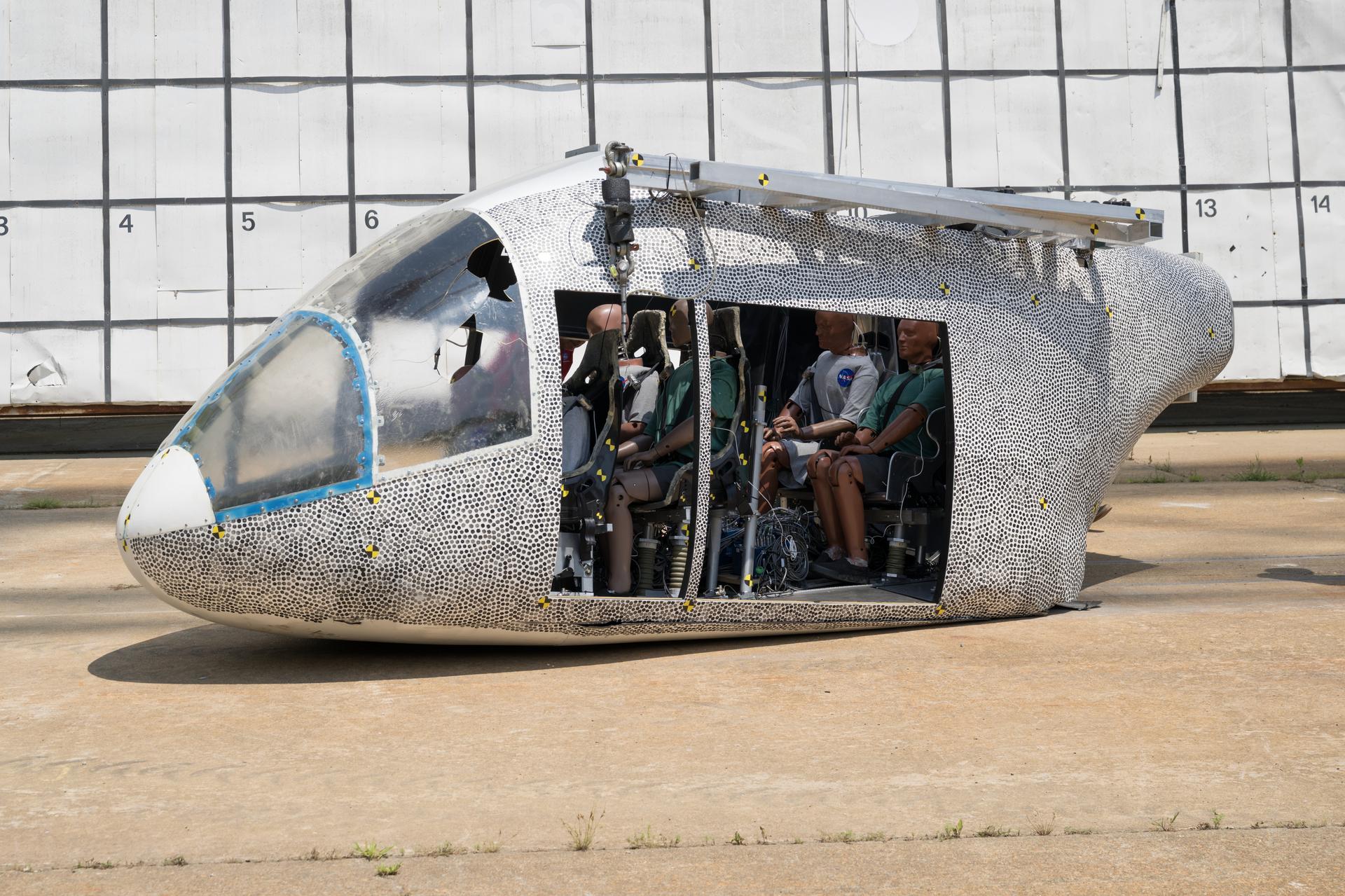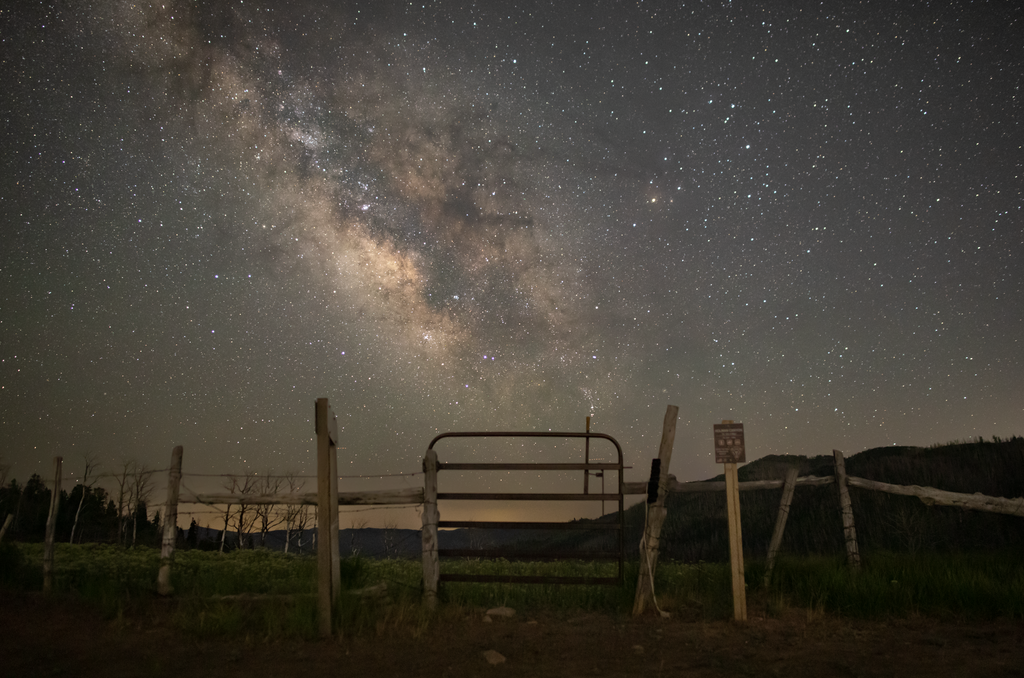1 min read
First Census of Galaxies Near Cosmic Dawn (Webinar on 12/14/2012)
Billions of years ago, shortly after the Big Bang, the universe was a dark place full of cold hydrogen gas. One of the mysteries of astronomy is what happened to change that, to warm and "reionize" the hydrogen and turn the universe once again transparent to light, blazing with stars and galaxies.
Hubble astronomers may have found some of the culprits, seven primitive galaxies that formed over 13 billion years ago. The galaxies are part of the Hubble Ultra Deep Field image and demonstrate that galaxies may have assembled continuously over time, and may have provided enough radiation to reionize the universe.
Want to know more? Listen to the replay of the online webinar and hear three key astronomers illustrate and explain what Hubble's powerful new view tells us about the evolving universe.
The panelists were: Richard Ellis, astronomer at the California Institute of Technology, Pasadena, Calif. He is the lead investigator of the UDF 2012 campaign. Brant Robertson, astronomer at the University of Arizona, Tucson. He is a member of the UDF 2012 campaign. Anton Koekemoer, astronomer at the Space Telescope Science Institute, Baltimore, Md. He led the Hubble Space Telescope observations for the UDF 2012 campaign and assembled the final combined images.
- Release DateDecember 12, 2012
- Science ReleaseHubble Provides First Census of Galaxies Near Cosmic Dawn
- Credit
Related Images & Videos

Hubble Uncovers Most Robust Sample of Distant Galaxies
This new image of the Hubble Ultra Deep Field (HUDF) 2012 campaign reveals a previously unseen population of seven faraway galaxies, which are observed as they appeared in a period 350 million to 600 million years after the big bang. The galaxy census is the most robust sample...
Share
Details
Claire Andreoli
NASA’s Goddard Space Flight Center
Greenbelt, Maryland
claire.andreoli@nasa.gov

